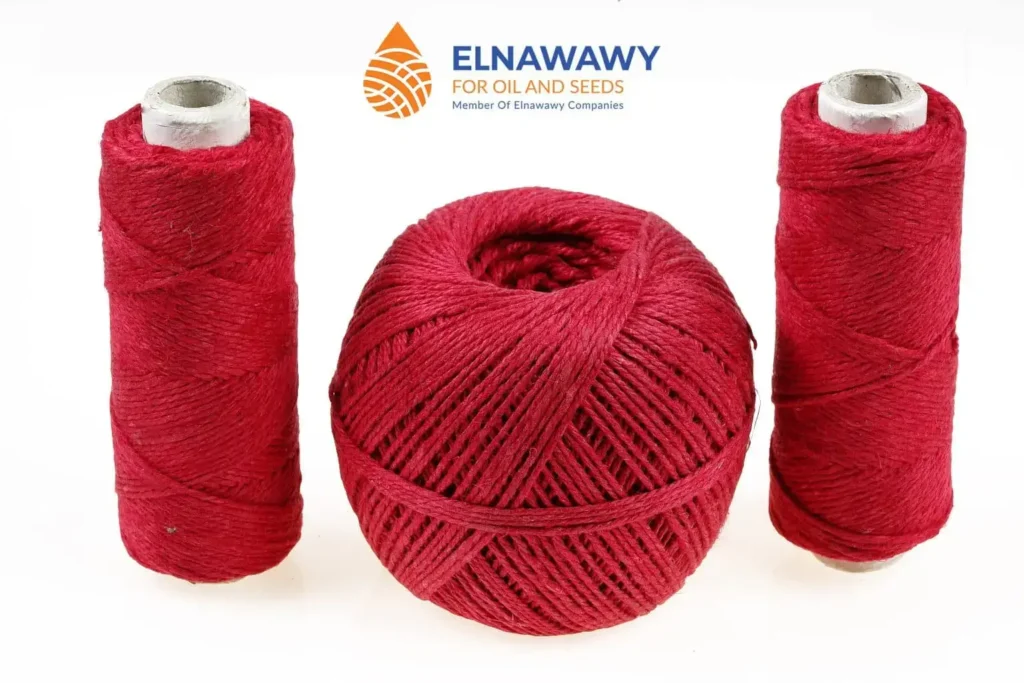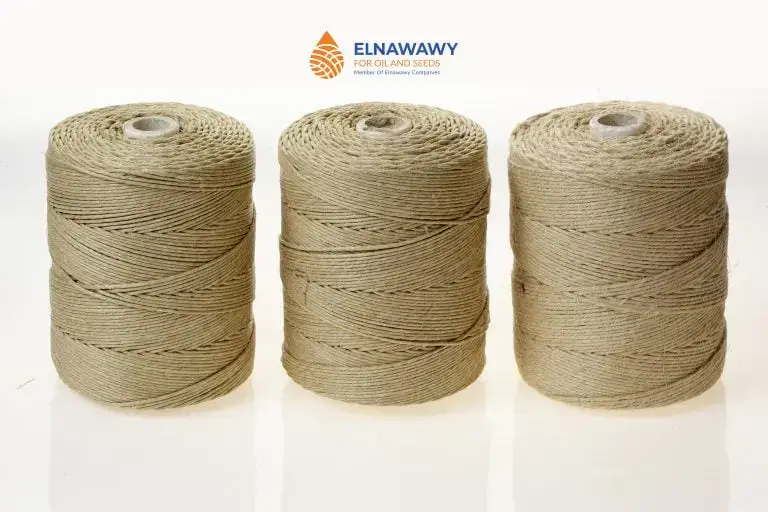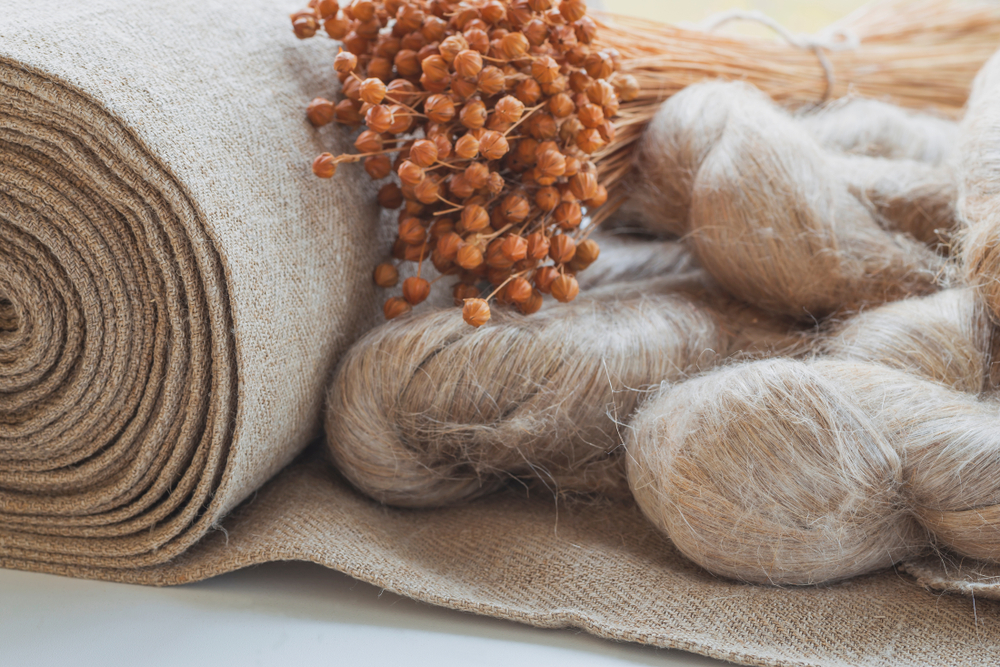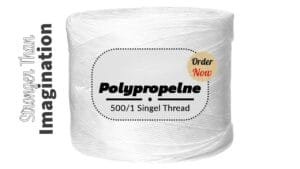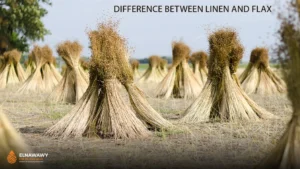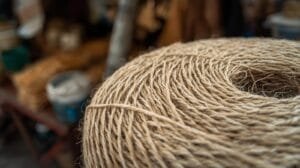Flax fiber, derived from the flax plant (Linum usitatissimum), has a history dating several thousand years. Packed with tradition and a variety of uses, flax has fit comfortably into the daily way of life and into the esteem of appreciated strength and eco-friendliness, along with versatility. From the kitchen to the garden and even the fashion world, flax twine and cord are indispensable tools. Whether you’re an expert or a novice, it offers practical and creative applications that extend across various industries.
In this article, we’ll explore the many uses of flax twine, its history, and how to choose and care for the best quality flax cordage for your needs
Table of Contents
The Historical Importance of Flax
Flax has been part of human civilization for over 10,000 years. First used in ancient Mesopotamia to produce food and medicine, flax fiber eventually became ropes, sails, textiles, and much more.
Many ancient cultures valued flax as a strong, useful plant for Egypt, China, and Europe.
Today, flax continues to be an environmentally friendly resource, utilized throughout many industries around the world. Its natural characteristics include biodegradability, low water needs, and pest-resistant features that also meet today’s standards of sustainability.
Everyday Uses of Flax Twine and Cord at Home
Flax twine and cord are indispensable at home for the most common daily tasks. They are a really good choice not only for their natural strength in practical uses but also because of their compatibility with nature.
Culinary Uses: Perfect for Meat Preparation
Flax twine works just as well as butcher’s twine. It is food-safe, durable, and good to go for high-temperature cooking: perfectly great for trussing meats such as turkey or binding roasts; flax twine allows even cooking without releasing chemicals.
Kitchen Essentials: Baker's Twine
You can also bring some rustic appeal to your kitchen with flax twine. It is useful for sealing jars, wrapping up gifts, or making rustic centerpieces for your table.
It has a very natural appeal-it encourages greener habits in one’s cooking.
Find Out More: 7 Powerful Benefits of Flax Yarn for Sustainable Living
Gardening
It is, in essence, an indispensable requirement among gardeners because of its durability, biodegradable properties, and strength.
Here are some of the common uses for flax twine in the garden:
Tying and Supporting Plants It can also be used to support the growth of major plants like tomatoes and cucumbers.
Its gentle strength holds plants in place without restricting their growth.
Making the Trellis
Make a simple, homemade rose or clematis trellis with flax twine to support the plants as they grow in the desired directions.
Mark out sections in your garden or plant a line with flax twine. It’s one of those very useful things to have around when laying out your garden.
Find Out More: Linen: 10 Must-Know Tips to Transform Flax into Luxury
It’s elastic and finds application both in practical and creative ways. From home decor items with DIY to detailed fiber artworks, it will enrich your creativity.
DIY Home Décor
Make woven lamp shades, macramé wall hangings, or country doormats- add elegance to your home with one touch of flax twine.
Model Shipbuilding
It also finds application in nautical model making, where it looks very realistic and accurately models the rigging of historic ships.
Knitting and Weaving
It is great for fiber artists to make functional items such as coasters, baskets, and wall hangings that are durable.
Industrial Uses of Flax Twine
From the strength it possesses, flax extends its tautness into many industries. From fashion accessories to flax twine used for ecological event decoration, flax provides unique solutions in different sectors.
Fashion Accessories
Flax is used in making biodegradable fashion items, including handbags, jewelry items, and hats, which can attract eco-friendly consumers.
Textiles and Fabrics in Apparel
Textile production includes flax cordage, adding texture and dimension to such fabrics as damask, lace, and sheeting.
Eco-Friendly Event Décor
It would work in biodegradable event décor for rustic weddings and events. Kid-Safe Learning Materials and Toys.
It is child-friendly; therefore, it’s excellent to make educational toys or sensory items, like rope ladders and jump ropes.
It’s as tough as nails for many various purposes outdoors, whether it be building shelters, securing gear in place, or even starting fires. Now, with flax twine, it’s a piece of cake.
Find Out More: Linen vs Cotton: Which Natural Fiber is Right for You?
Flax enjoys one of the lowest carbon counts in the field, being naturally water-efficient with a low percentage use of pesticides. It results in a fabric that is not only biodegradable but carbon-negative. Replacing other available options with this crop helps consumers decrease their respective carbon footprints and live “greener” lives.
There are just a few major considerations when finding the right twine type:
Determine Project Needs:
- Decide whether your project calls for thick, heavy twine or finer, intricate cord.
- Choose Good Cordage: It should be spun evenly without any imperfections.
- Choose the Correct Tensile Strength: Decide what your application will call for, and then choose the appropriate tensile strength accordingly.
Care and Maintenance
Proper care ensures that your flax twine lasts. To maintain your cordage and keep it at its best, simply:
- Storage: Store it in a cool, dry place to keep it from being damaged.
- Routine Care: Regularly check your twine frays especially if outdoors.
- Fraying Prevention: Dip the ends in clear nail polish or beeswax to prevent fraying.
Frequently Asked Questions
Is flax twine biodegradable?
Yes, flax twine is fully biodegradable, making it very usable in many different capacities with regard to the environment.
Can flax twine be used outdoors?
Absolutely, flax twine is pretty strong and resilient, which makes it indispensable for outdoor activities, such as gardening, constructing various shelters, and crafting survival gear.
Is Flax Twine Food-Safe?
Yes, flax twine is a food-safe product and as such can be used during meat preparation for things such as trussing roasts or binding sausages.
Preventing Fraying on Flax Twine?
A little clear nail polish or beeswax on the ends of the twine will prevent it from fraying.
Conclusion
From the kitchen to the garden, from arts and crafts to the fashion world, flax twine and cord can be used in a thousand different practical and creative ways. For everybody, it has an answer that is eco-friendly and durable.
From its historic value to present-day usages, flax still plays a significant role in various aspects of humanity’s lives. By choosing flax, you are supporting a greener, more eco-conscious lifestyle.
Explore more insights and updates on natural fibers in our news and articles section.

